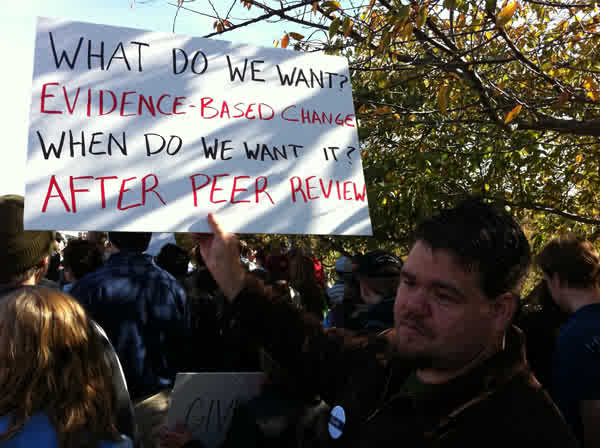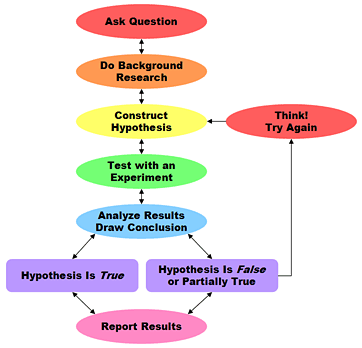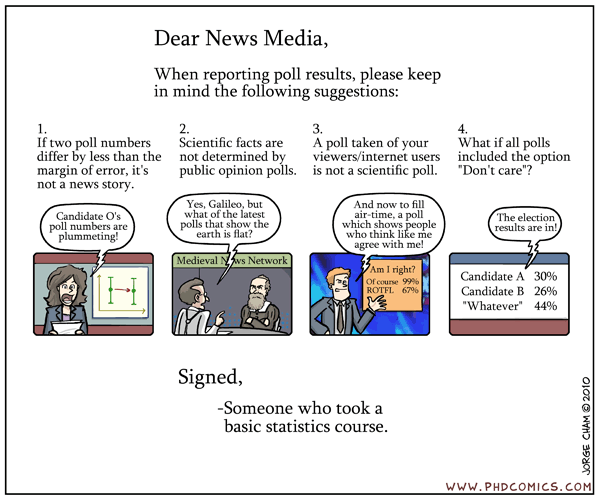It's been one of those weeks. I feel I would pay good money to be able to fast forward through tomorrow and jump straight to the weekend, as I'm pretty sure my brain is leaking out of my ear.
Given that, the headlines about
this announcement by the CDC caught my eye. The headline reads "30% of US Workers Don't Get Enough Sleep".
Now, I'm in a pretty forgiving mood towards that sentiment. I'm tired today, and I know when I got in this morning most of my coworkers were dragging too. Any comment on sleep deprivation would have most certainly gotten lots of knowing looks and nods of commiseration. This study backs us up right? We're all veeeeeeeeery sleepy.
Except that studies like this are almost all misleading.
Several years ago, I read a pretty good book by
Laura Vanderkam called
168 Hours: You have more time than you think. It was through this book that I got introduced to the Bureau of Labor Statistics
American Time Use Survey.
Now, most time use surveys....the type that people use to give reports about how much we sleep or work....are done by just asking people. Now that's great, except that people are really terrible at reporting these things accurately. The ATUS however, actually walks people through their day rather than just have them guess at a number. It's interesting how profound these differences can be. In another survey using time diary methodology, it was found that people claiming to work 60 - 64 hours per week actually averaged 44.2 hours of work.
More here, if you're interested.
Unsurprisingly, sleep is one area that people chronically underestimate how much they're getting. The CDC study, which it admits was all data from calling up and asking people "how many hours of sleep do you get on average?" found that 30% of workers sleep fewer than 6 hours per night. The ATUS however,
finds that the average American sleeps 8.38 hours per night....and that's on weekday nights alone. Weekends and holidays, we go up to 9.34.
I couldn't find the distribution for this chart, but I did find the
age breakdown, so we can throw out those 15-24 and those over 65 (all of whom get about 9 hours of sleep/night). We're left with those 25 - 65 who average roughly around 8.3 hours of sleep per night.
Alright, now lets check the CDC number and figure out how much sleep the other 70% of the population would have to be getting in order to make these two number work.
If we take some variables:
a = percent of people sleeping an average of fewer than 6 hours per night
x = the maximum number of hours to qualify as "fewer than 6 hours"
b = percent of people sleeping more than 6 hours per night
y = average amount they are sleeping to balance out the other group
c = average amount of sleep among workers according to the ATUS survey
We get this:
ax + by = c
And then substituting: (0.3*5.9) + (0.7*y) = 8.3
Solving for y: y = 9.33 hours of sleep per night
Are 70% of Americans of working age actually getting 9.33 hours of sleep per night? That would be pretty impressive. It would also mean that instead of a normal distribution of sleep hours, we'd actually have a bimodal distribution....which would be a little strange.
There is, of course, the caveat that those answering the ATUS represent the whole population while the CDC targeted working adults. It's a little tough figuring out how profoundly this would affect the numbers since the BLS reports workforce participation rates for those 16 and up. The unemployment rate for 2010 (the year the survey was completed) hovered just under 10%, but the "not in labor force" numbers are a little harder to get without skewing by the under 25 or over 65 crowd. The
CDC also didn't report an average, so I can't compare the two....but given the 30% number, the six 6 hours or less would be less than half a standard deviation from the mean (if the sleep data was roughly normal).
So does this mean I'm not as tired as I think I am? Nope, I'm pretty sure I'm still going to bed early tonight. I will however, be aware that a tiring week does not necessarily mean a sleep deprived one.













